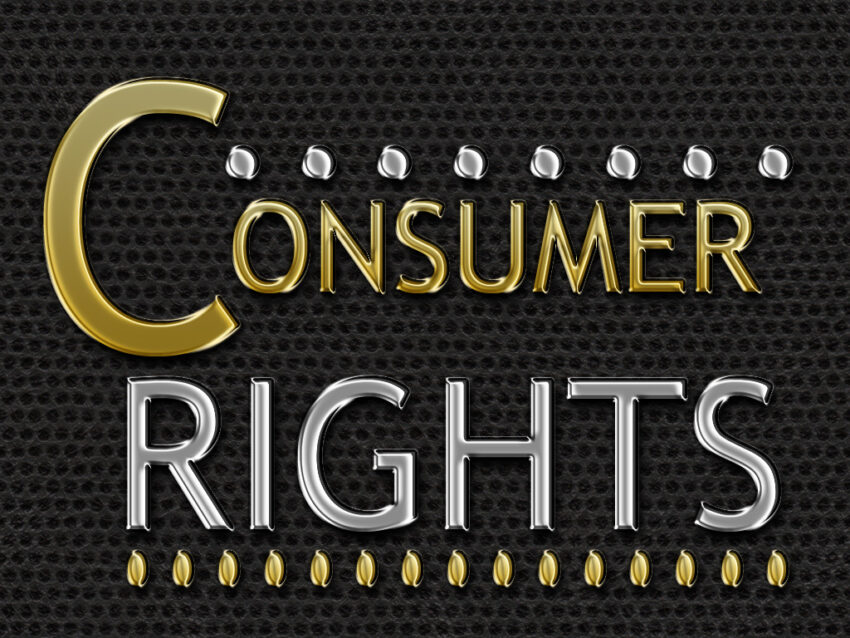Buy Now, Pay Later (BNPL) services like Klarna, Afterpay, and Affirm promise easy, interest-free payments. They make it sound like a no-brainer—why pay all at once when you can split the cost into smaller chunks? But behind the convenience, there are hidden risks that most consumers don’t realize until it’s too late.
The Illusion of Interest-Free Payments
Many BNPL plans advertise zero interest, making them seem like a better alternative to credit cards. However, that’s only if you pay on time. Miss a payment, and the fees start piling up. Some services even charge late fees that rival credit card penalties.
And let’s not forget deferred interest. Some providers offer “no interest if paid in full” deals, but if you fail to clear the balance by the deadline, they’ll retroactively charge interest on the entire purchase. That can turn a small monthly payment into a financial nightmare.
Easy Approval, Harder Consequences
Unlike traditional loans or credit cards, BNPL approvals are almost instant and don’t always require a credit check. That sounds great—until you realize that it’s also easier to rack up debt.
With multiple BNPL purchases spread across different platforms, it’s easy to lose track of what you owe. Many users end up juggling multiple due dates, leading to missed payments and extra fees.
The Impact on Your Credit Score
BNPL companies don’t always report on-time payments to credit bureaus, meaning your good repayment history won’t necessarily help your credit score. However, if you miss payments, some providers do report delinquencies, damaging your credit without any of the benefits of traditional credit-building.
Additionally, some BNPL services run hard credit inquiries, which can temporarily lower your score. If you’re applying for a mortgage or car loan, this can be an unpleasant surprise.
Returns and Refund Headaches
Returning an item bought with BNPL is far more complicated than a standard purchase. In many cases, you’re still on the hook for payments while the return is processed.
Some retailers refund the money to the BNPL provider first, meaning you have to wait weeks—or even months—to see that money back in your account. And if you miss a payment while waiting, you could still be charged fees.
Encouraging Impulse Spending
BNPL services are designed to make you spend more. Splitting a $200 purchase into four “easy” $50 payments makes it feel like less money is leaving your wallet. That psychological trick can lead to impulse shopping, where people buy things they normally wouldn’t if they had to pay the full price upfront.
Retailers love BNPL because it increases the size of the average order. Consumers, on the other hand, often end up overspending and stretching their budgets too thin.
What You Can Do to Protect Yourself
BNPL isn’t inherently bad—it can be useful when used responsibly. But here’s how to avoid falling into its traps:
- Treat it like a credit card – If you wouldn’t buy it with a credit card, don’t buy it with BNPL.
- Only use one provider at a time – Juggling multiple BNPL services increases the risk of missing a payment.
- Check the fine print – Understand the late fees, interest policies, and how refunds are handled.
- Set reminders for payments – Don’t rely on email notifications. Add due dates to your calendar.
- Avoid BNPL for everyday expenses – Groceries, gas, and utility bills should never be financed with BNPL.
Know Before You Click
Buy Now, Pay Later services can be helpful, but they aren’t as harmless as they seem. The industry thrives on getting consumers to spend more than they should, often without realizing the long-term consequences. Before clicking that “split into four payments” button, make sure it’s truly a smart financial move—not just a cleverly disguised debt trap.
